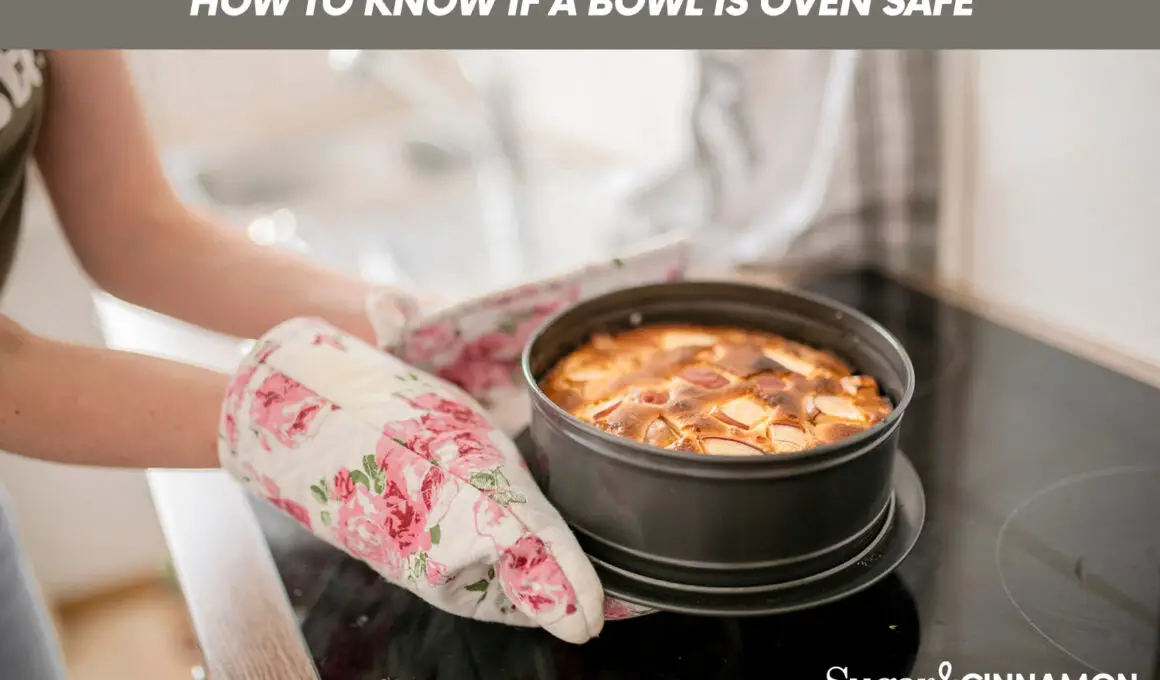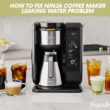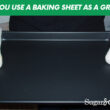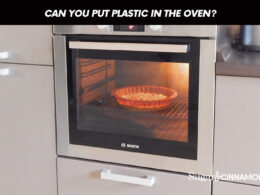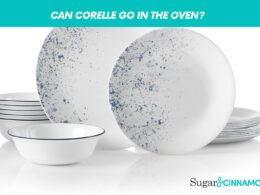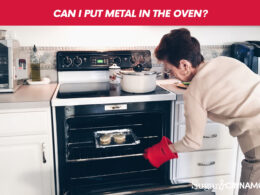Table of Contents Show
For many people, choosing which bowl or plate to put in the oven is a difficult task. While it may seem natural to heat your meal in any bowl, it has been shown that this is not the case and can be harmful to you, your health, and the oven.
Many firms have taken it upon themselves to manufacture oven-friendly bowls that may be used in the oven to help reduce the tragedy that could arise if any bowl is used in the oven. Many people wonder how to tell the difference between an oven-safe bowl and a non-oven-safe bowl.
Here’s how to tell if a bowl is oven safe.
To identify if your bowl is often safe or not, look out for the label “oven-safe” often found at the bottom of your bowl. If your bowl does not carry this label, then it is not safe for oven use.
A glass, pot, pan, or dish that can be used in the oven is known as an oven-safe bowl. Different materials can be used to build these bowls, but the most essential element is that they are safe to use in the oven regardless of what they are made of.
Individual materials are frequently engineered to survive the oven’s high temperature. Because of the materials, they are made of, most of these materials can endure oven heat at various degrees.
Types Of Bowls Safe In The Oven
Here are a couple of generally known oven-safe materials to use in the oven.
1. Metal
Metal is commonly known as a solid material that is hard, shiny, can be melted or fused, and most importantly, is a good conductor of heat and electricity.
Metallic products are the most commonly found in most homes; however, because they are a great conductor of heat and electricity, you cannot use just any metallic bowl in the oven. The good news is that some metallic products have been designed for oven use.
Metallic products such as stainless steel, cast iron, and aluminum are the best metals for the oven. In most cases, these metals are combined with other materials to help increase their strength.
2. Ceramics
Ceramic products are made and shaped from clay and then fire-hardened. Ceramic products include stoneware, earthenware, porcelain, and bone china. In recent times, ceramic products have been designed to be fit for use in the oven.
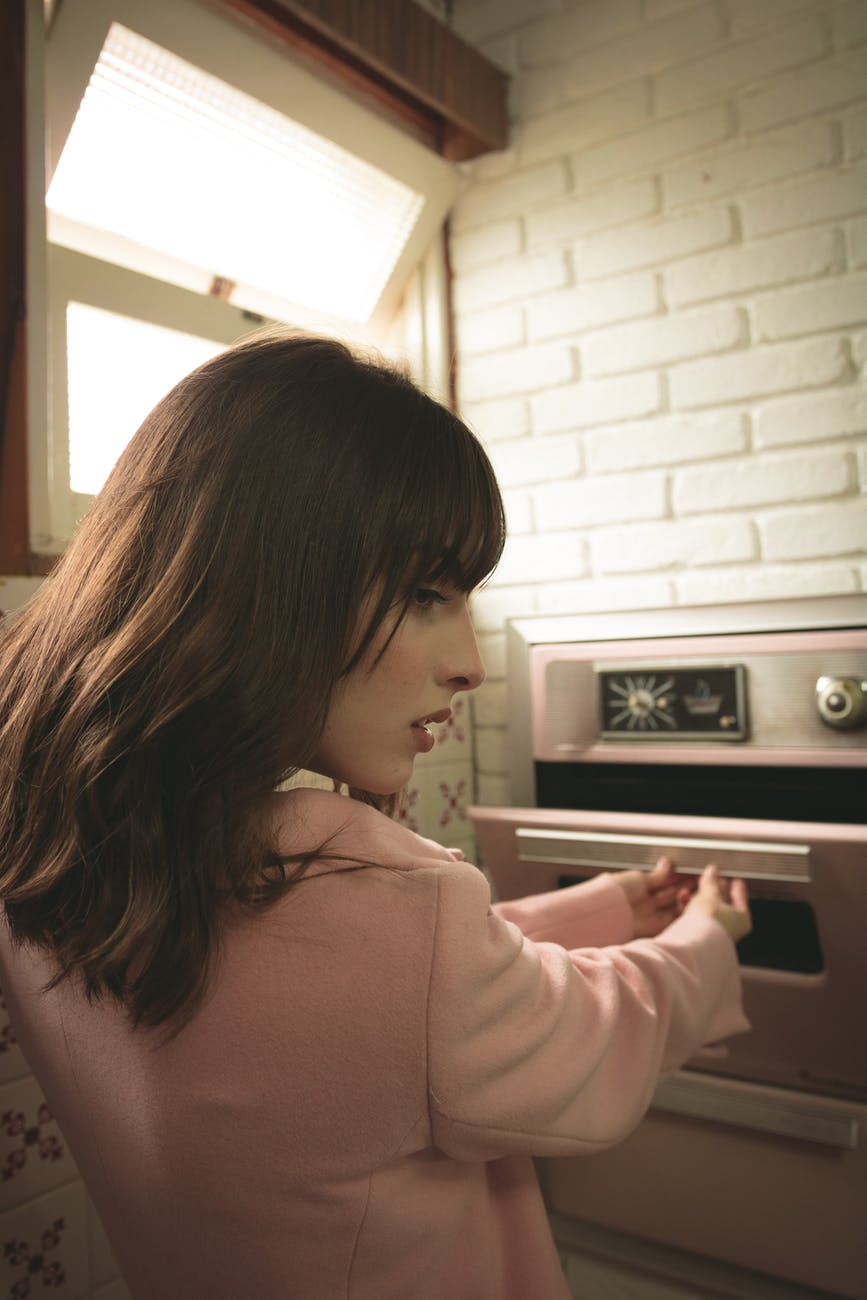
Ceramics that have adhesive designs on them and are glazed are considered not safe for oven use, this is because the bowl’s glaze is not water-resistant, the porous clay beneath will not be protected, and this makes it not strong enough for the temperature in the oven.
The most important thing, however, in identifying if it is safe for oven use, is to spot the oven-safe sign at the bottom of the bowl.
3. Glass
While it is true that a large percentage of types are not safe for oven use, however, there is a specific type of glass, made for oven use.
The only type of glass safe for oven use is known as tempered glass, the glass is specifically designed to be used in the oven and can be placed in the oven for up to 350 degrees F.
The most important thing about using tempered glass in the oven is not to subject it to temperature shock, that is, it must not be placed straight into the oven from the fridge or cold water.
4. Silicone
Silicone bowls can handle high temperatures, especially in the oven.
Silicone bowls can tolerate up to 428 degrees F. It is known that silicone pans heat up rapidly and bakes your products evenly, with no uneven or burnt edges.
How To Know Your Bowl Is Not Oven-Safe
Bowls that are not oven friendly can be easily identified. However, there is an easy way to know the oven you are about to purchase is not oven safe. The tips are below
- The mark on the bottom of an oven-safe bowl declaring that it is oven safe is the most crucial thing to look for. If the bowl you’re about to buy doesn’t have this mark, it’s not safe to use in the oven.
- A bowl with cracks or scratches on the surface should not be used in the oven.
- Examine the material; if it isn’t robust enough to resist high temperatures, it isn’t suitable for use in an oven.
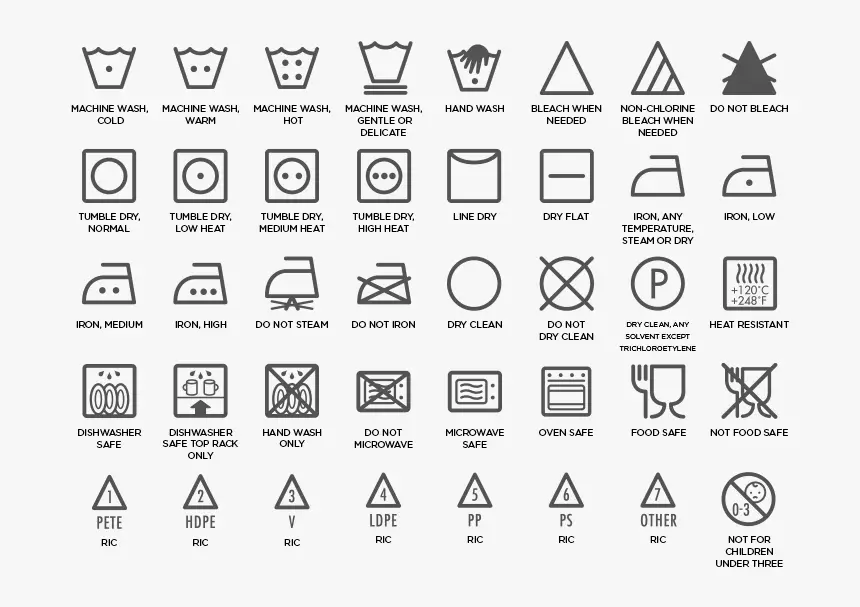
How To Oven Test Your Bowl
If you have an oven at home and are concerned if it is safe to use, you can oven-test it before placing your food in it.
Simply insert the thermometer in the center of the bowl and warm the oven to 350°F; then, place the bowl with the thermometer into the oven, making sure it does not touch the rack. If the oven temperature does not rise above 350 degrees after 15 minutes, the bowl is okay to use in the oven.
If the temperature does not rise above 350 degrees F, the bowl is not suitable for use in the oven.
Frequently Asked Questions
Are Aluminum Pan Ovens Safe?
Yes, aluminum pans are considered safe for oven use and can be used to warm, cook or bake any type of food in the oven. A lot of people enjoy baking with aluminum pans, because they heat, cook evenly, and are quite affordable. If you’ll be using an aluminum pan in the oven, you must follow the manufacturer’s instructions.
Are Copper Pans Oven-Safe?
Yes, copper pans are safe for use in the oven. Copper pan can withstand high heat, even as high as 500 degrees F. However, this is dependent on the type of copper pan you are purchasing. Ensure that you are purchasing an oven-friendly copper pan.
If A Bowl Is Microwave Safe, Is It Oven-Safe?
A Microwave oven-safe bowl isn’t the same as an oven-safe; this is because they both have a different heating process. The oven is more thorough in its heating process than the microwave. A microwave is known to heat food, while an oven can cook food. However, it is possible, to find bowls that are both microwave and oven safe. You can identify these bowls by the inscription on them, usually, at the bottom.
Final Thoughts
In identifying which bowl is safe for oven use, you must pay attention to the message from the manufacturer or look around the body of the bowl.
If your bowl has no inscription stating that it’s not oven-safe, then it is advised that you do not use it in the oven.






